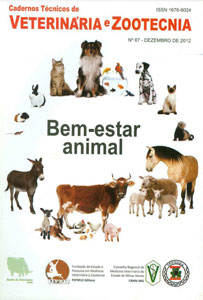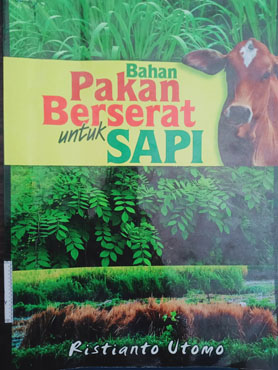Measuring Methane Production from Ruminants
Login
loginThe world’s livestock sector is amidst a major transformation, fuelled by high demand for meat and milk, which is likely to double over the next two decades in developing countries. The major driving force behind this demand for livestock products is a combination of population growth, urbanization and income growth, especially in developing countries. The challenge is to enhance animal productivity without adversely affecting the environment. A key to this is reducing methane emissions from ruminants.
The major limitation to ruminant production in many tropical regions of Africa, Asia and Latin America, where a large proportion of the global ruminant population is located, is poor nutrition. The productivity of animals is restricted by the low nitrogen and high fibre content of the native grasses and crop residues, which form the basis of the diets in these regions. Animals on these types of diets emit more methane than animals fed better quality temperate forages. These methane emissions represent a loss of digestible energy to the animal (up to 15%) as well as a threat to
the environment. Reducing methane production by ruminants could improve their productivity, provided the efficiency of ruminal metabolism is not compromised, and reduce their contribution to greenhouse gas emissions. The challenge is to devise nutritional strategies and identify dietary components, particularly from locally
available plant resources, that reduce methane emissions. However, before new strategies can be developed, it is essential to be able to measure methane emissions accurately to establish baseline values for current practices. Without this, there is no way to establish whether specific plants or new management systems improve
methane emissions by lowering them under the baseline.
This publication stems from a training workshop that was organized as part of an FAO/IAEA Coordinated Research Project entitled ‘Development and use of rumen molecular techniques for predicting and enhancing productivity’. It contains a comprehensive account of the key techniques for measuring methane in vivo. These techniques provide a variety of options for measuring methane emissions ranging from respiration chambers to the tunnel method, which can be used with animals in the field. These techniques will allow baseline estimates of methane emissions to be established in Member States and the extent to which ruminants contribute to greenhouse gas emissions in these countries. This information will be of interest to national agricultural research organizations, extension officers and
government officers responsible for formulating environmental policy. They also provide the opportunity to test new plants for their potential to reduce methane emissions and to help design new management and feeding strategies based on these measurements. The aim of the book is to better equip the readers to measure and monitor methane emissions accurately and meet the challenge of improving productivity from ruminants without damaging the environment.











